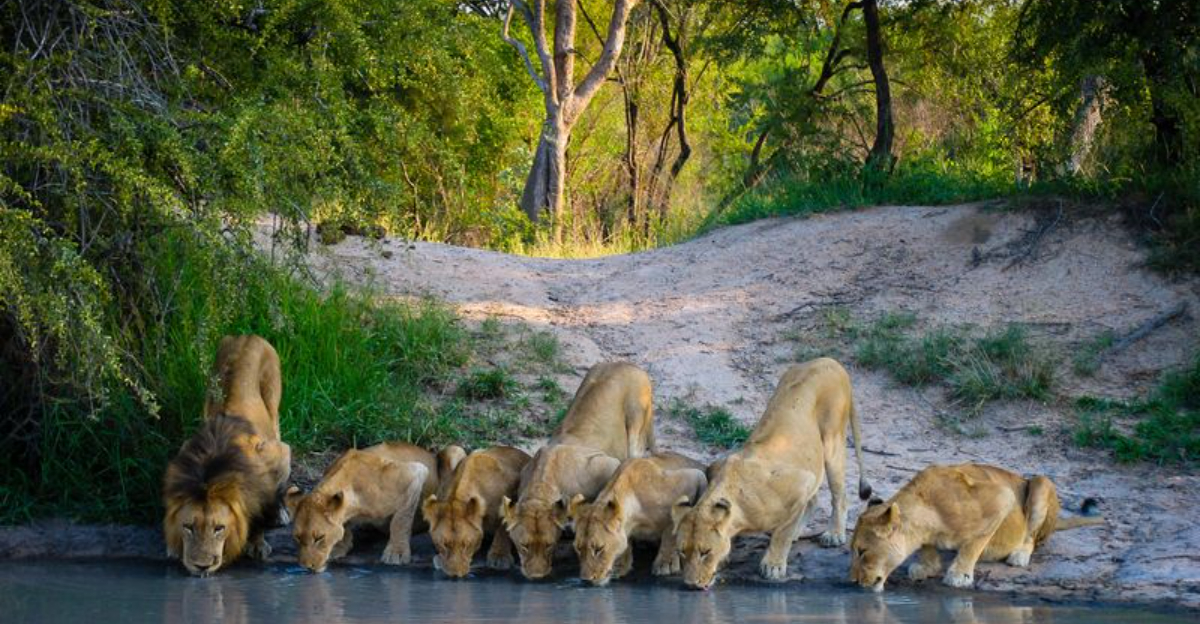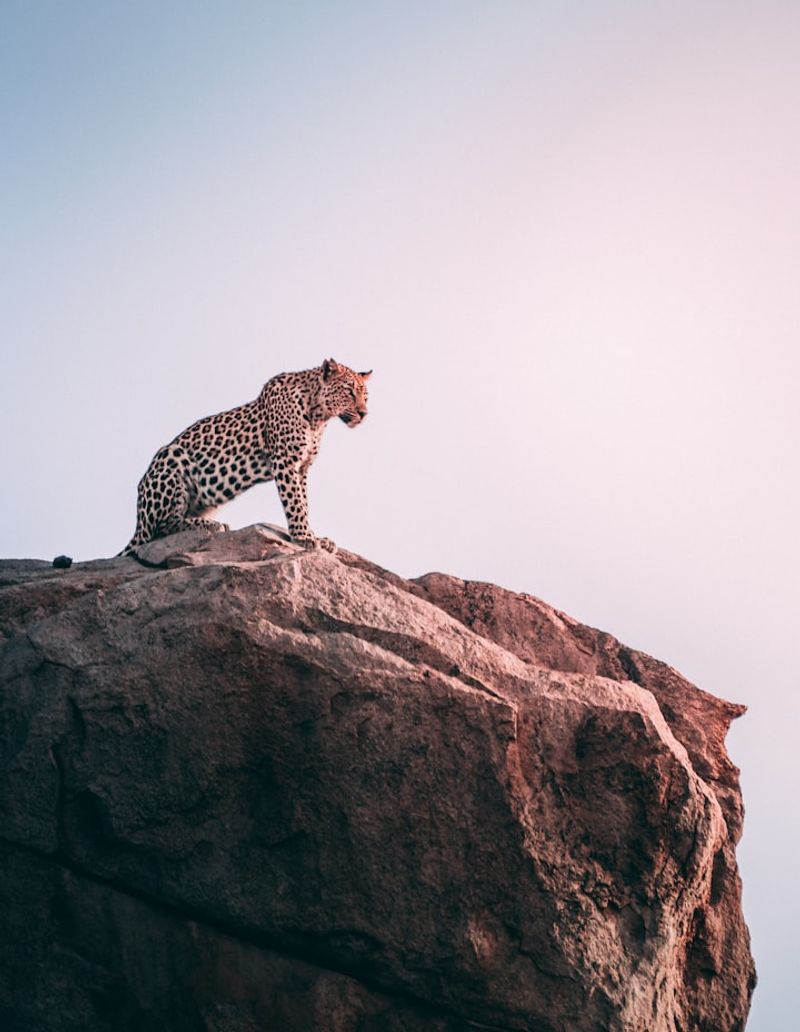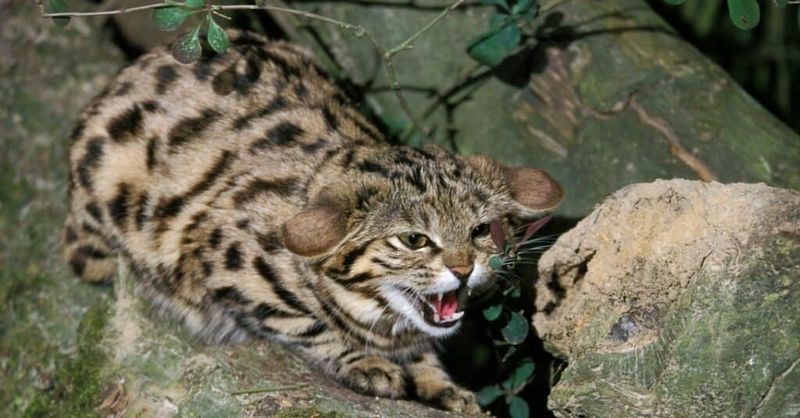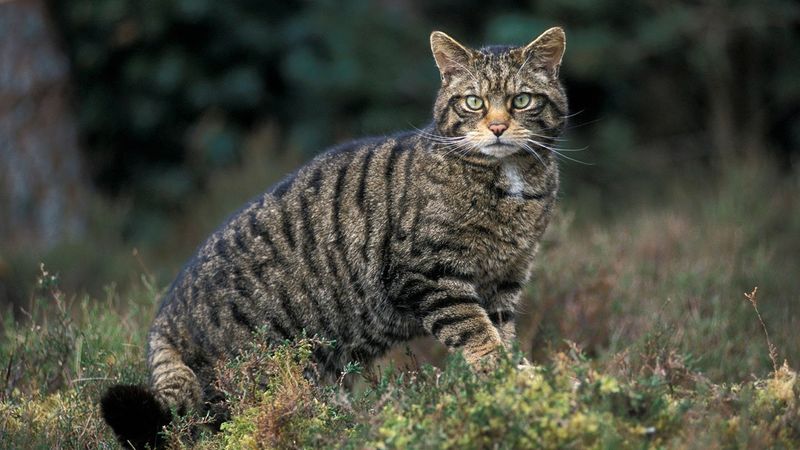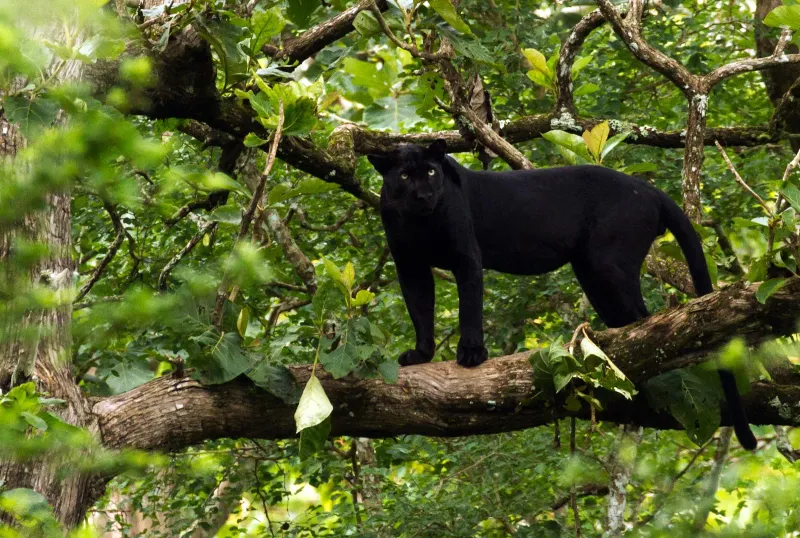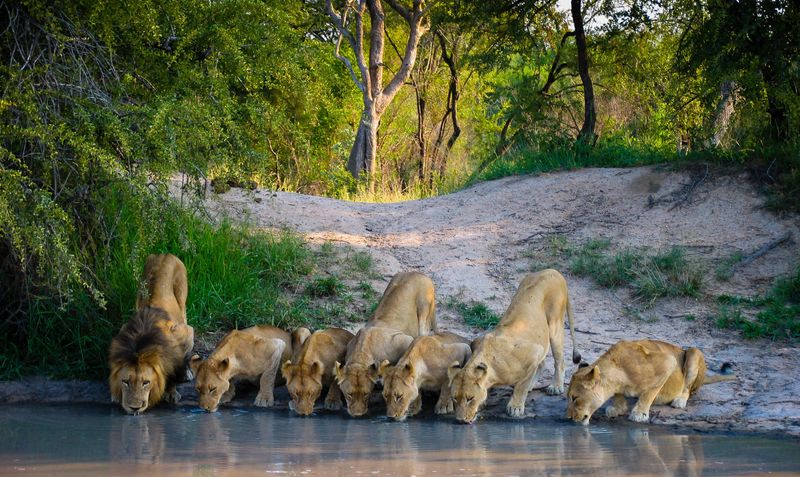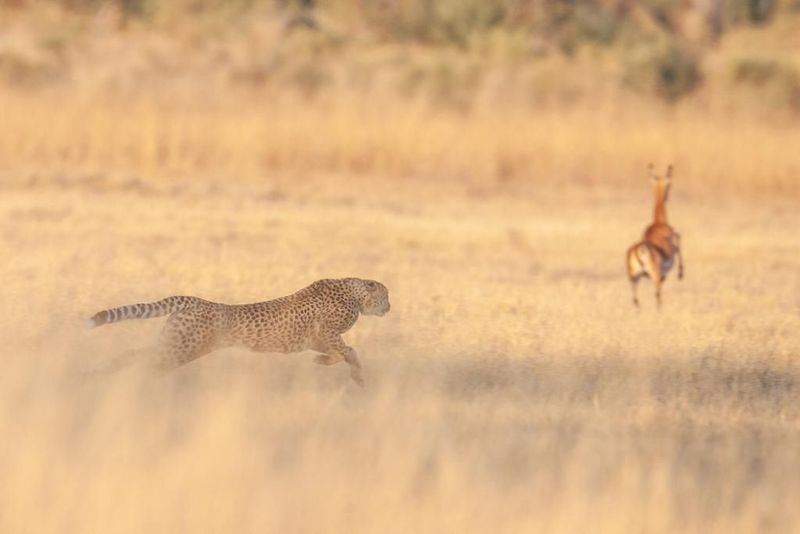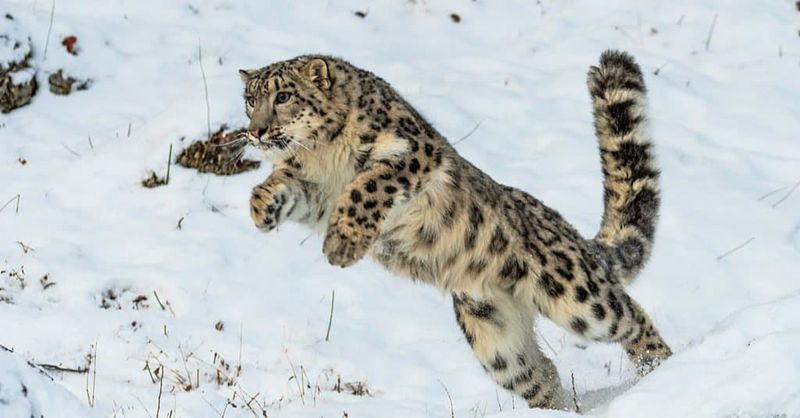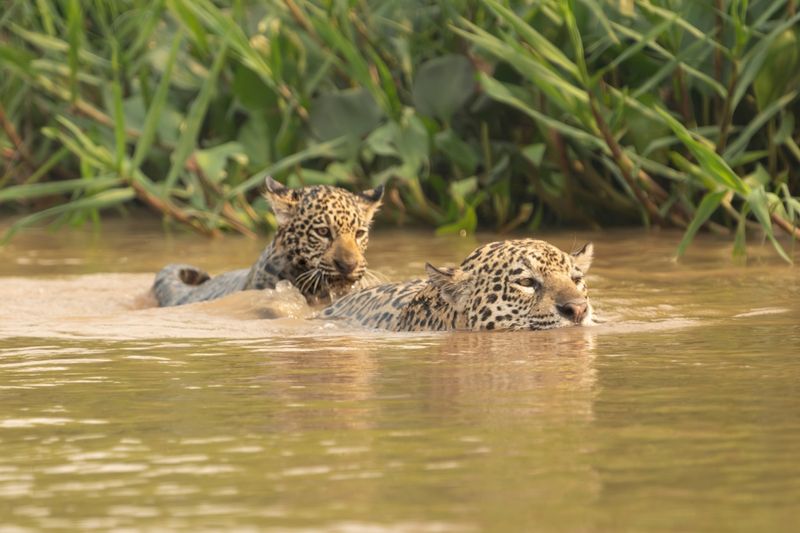📖 Table of Content:
In the wild, survival is an unforgiving contest of instinct, speed, and intelligence. Among the most formidable competitors are the big cats—stealthy, muscular predators that have honed the art of the hunt through evolution and experience. Whether stalking through dense jungle undergrowth or lying in wait on an open savanna, these creatures exhibit remarkable adaptability in how they approach their prey.
But what truly sets big cats apart isn’t just their brute strength or lightning-fast reflexes—it’s their ability to think ahead, anticipate, and deceive. Across continents and habitats, from snowy mountain slopes to arid deserts, each species of big cat refines a distinct strategy that reflects the challenges of its environment. Their methods aren’t merely instinctual—they’re shaped by geography, prey behavior, and centuries of survival-driven intelligence.
This article explores eight different tactics used by big cats to outsmart their prey. Each strategy offers a fascinating glimpse into how environment influences hunting behavior, revealing not only the diversity of these predators but also the complexity of the ecosystems they dominate. Through camouflage, timing, terrain, and cunning, these apex hunters show that the battle between predator and prey is as much mental as it is physical.
1. Camouflage and Stealth
Blending into the background is the first and often most critical advantage in a big cat’s hunt. Tigers, with their orange and black stripes, are surprisingly well-concealed in tall grasses and sun-dappled forests where vertical shadows are common. Snow leopards take this further, vanishing among pale rocky outcrops and snowy ridges with their smoky-grey coats and spotted patterns. In the forests of Africa and Asia, leopards use their rosette patterns to become virtually invisible in the shifting light of leaves and branches. This natural camouflage allows them to stalk prey without triggering alarm, reducing the risk of detection before the pounce. What’s remarkable is how these patterns evolved so precisely to match each cat’s preferred habitat, acting almost like a custom-tailored cloak. Camouflage also helps during rest periods, keeping big cats safe from potential threats and rival predators. It’s not just about striking—sometimes, survival depends on being unseen.
2. Ambush Tactics
Lying in wait can be far more effective than chasing, and big cats have turned ambush into an art form. Jaguars in South American rainforests silently stalk through tangled underbrush, often positioning themselves near water sources where animals gather. With a powerful leap and crushing bite, they can take down prey in seconds. Lions, in contrast, use the sparse cover of African grasslands to sneak up behind herds, often coordinating with pride members to drive prey into a trap. Cheetahs, though famous for speed, rely heavily on stealth to close the distance before launching a chase; they crouch low and use landscape features to remain unseen until they are within striking range. Each ambush is a careful calculation—timing, wind direction, and prey awareness all play a role. One wrong step, and the opportunity vanishes. In dense or open environments alike, ambush tactics reveal the patience and planning behind every successful hunt.
3. Hunting at Specific Times
Timing is everything in the world of predators, and big cats exploit the rhythms of their ecosystems to increase their chances. Many cats are crepuscular or nocturnal, hunting when light is low and prey is most vulnerable. Desert lions, for instance, avoid the scorching heat by moving under the cover of darkness, conserving energy and avoiding detection. In the humid jungles of Southeast Asia, clouded leopards emerge at dusk, slipping through foliage with minimal noise and blending into deepening shadows. By choosing times when visibility is poor and temperatures are manageable, big cats reduce the odds of prey spotting them first. This also helps them avoid competition or conflict with other predators. The cooler hours lend themselves to quiet, calculated moves, ideal for species that depend on stalking rather than sprinting. Exploiting the clock is a subtle yet effective way to tip the odds in their favor.
4. Silent Movement
Footstep by footstep, big cats move through their territories with near supernatural silence. The anatomy of their feet—broad pads, soft fur, and retractable claws—minimizes sound and allows for incredible control. Forest-dwelling species like leopards or clouded leopards must avoid dry leaves and snapping twigs, requiring them to place each paw with intention and precision. In the open savannas, lions and cheetahs will move with the wind or wait for gusts to cover their approach. Even when close to prey, they refrain from sudden movements, letting their slow, steady progress reduce suspicion. This quiet stalking is a product of intense focus, where every sensory input is assessed to avoid alarm. In environments where visibility is poor or prey is hyper-aware, silence becomes the most crucial weapon. Without it, the chase is over before it even begins.
5. Solo vs. Group Tactics
Hunting alone or with others fundamentally shapes a predator’s approach, and big cats fall on both sides of this strategic divide. Lions are the standout social hunters, coordinating their actions in prides to encircle or ambush prey from multiple angles. This teamwork allows them to take down much larger animals, like buffalo or giraffes, than a lone hunter could manage. In contrast, tigers and leopards work alone, often relying on stealth, strength, and cunning to isolate and overpower their targets. Solitary hunting demands a different skill set—patience, silent movement, and precise timing. Group tactics, while effective, require communication and role differentiation among pride members. Each strategy comes with trade-offs: group hunters share food, while solitary cats enjoy their kill uninterrupted. The structure of their social lives mirrors the terrain and prey density of their habitats, highlighting how social behavior and environment intertwine.
6. Adapting to Prey Behavior
Observing and exploiting the routines of prey animals gives big cats a crucial edge. Over time, predators learn when and where certain species eat, rest, or move—essential information for setting up a successful hunt. Cheetahs, for instance, often wait for the exact moment their prey pauses or turns its back before initiating a chase, maximizing surprise and minimizing reaction time. Leopards may memorize the paths to and from waterholes or feeding grounds, ambushing from a high perch or hidden spot. This behavioral adaptation requires not only memory but flexible thinking as prey evolve their own defenses. Some cats adjust their strategy entirely depending on what animal they’re targeting—approaching gazelles differently than warthogs, for example. Success comes not just from brute force, but from careful study and timing. Knowing a prey’s habits often determines whether a cat eats or goes hungry.
7. Utilizing Terrain
Every rock, tree, and rise in the land becomes a potential tool in the big cat’s hunting arsenal. Snow leopards, navigating steep, frigid cliffs, use gravity to their advantage—leaping from above to take prey by surprise and using sheer drops to add force to their attacks. Leopards, true masters of elevation, often drag kills into trees to avoid scavengers and return to feast later, safe from lions or hyenas. Even in flat landscapes, terrain matters: lions may crouch in low grass or behind termite mounds to conceal their approach. In riverine forests, tigers utilize bends in the land or thick brush to mask movement. Every geographic feature, no matter how small, becomes part of a strategic puzzle. Navigating and using this terrain effectively requires not only physical agility but also situational awareness. Their spatial intelligence ensures the land becomes an ally, not an obstacle.
8. Water-Based Tactics
Where water meets land, some big cats find unique hunting opportunities rarely seen in other predators. Jaguars are unparalleled in their aquatic adaptability, swimming effortlessly to ambush caimans or capybaras from riverbanks. These powerful cats can even deliver a fatal bite through the skull—an adaptation suited to taking down armored prey. Tigers, too, are comfortable in water, often using it as a route to get closer to prey undetected or to cool off after a hunt. In wetland areas, they may stalk silently through swamps or hide near river crossings where animals are forced to pause. While most other big cats avoid water, these exceptions reveal a broader versatility. Their willingness to enter and use water challenges assumptions about feline behavior. Water, often seen as a barrier, becomes a hunting advantage in the right paws.
